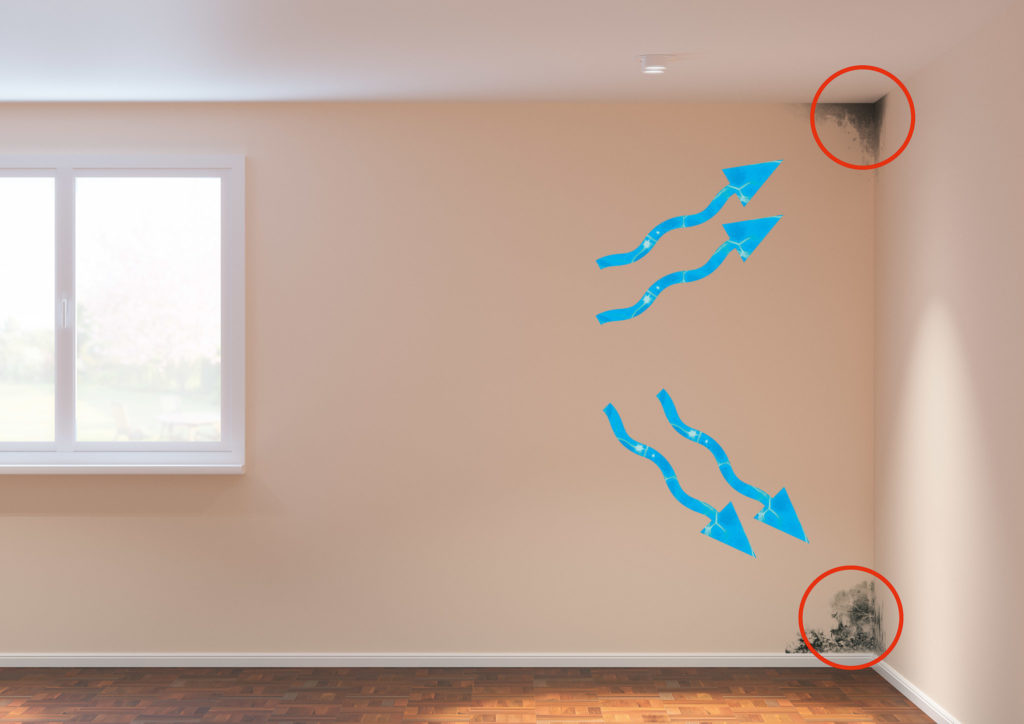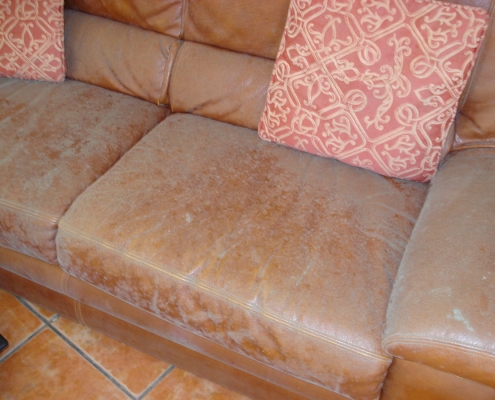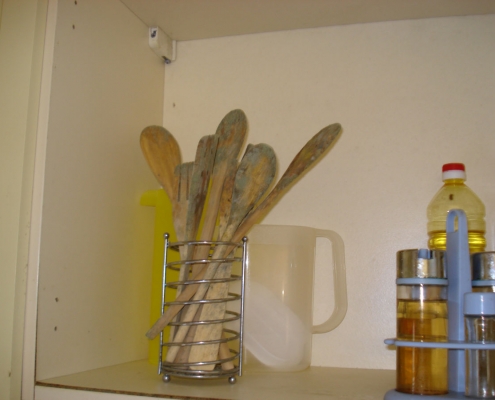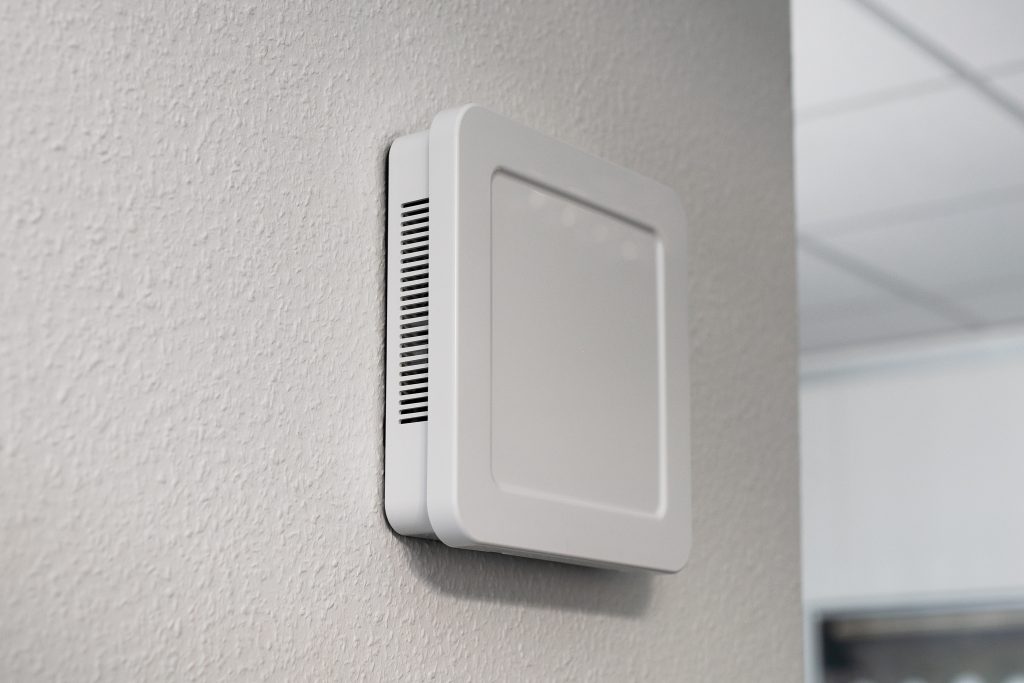Mould problems
Damage caused by high humidity
The cause
Often the structural conditions do not allow sufficient air exchange. Missing or too small windows and poor ventilation are the main causes of moisture damage caused by the air in the room. The water bound in the room air can precipitate as condensate on cool wall surfaces and thus damage the building component. If air with a very high percentage of moisture is not regularly removed, this problem is very likely to occur. Many cellars and living rooms have insufficient possibilities to ventilate them sufficiently. Lack of occupation time on the part of the residents also often means that air is not exchanged regularly. During normal use of a living space, air humidity accumulates, which can only be absorbed and released to a limited extent by the building materials used there.
The consequences
More and more often, one finds interior bathrooms in newer buildings. For windowless rooms, especially wet rooms, a reliable removal of humid room air is essential. If this is not done, moisture damage, which in the worst case is associated with mould growth, is the probable consequence.
Intelligent ventilation systems
The solution
BKM.MANNESMANN ventilation systems work completely independently and can guarantee a sufficient air exchange. The system constantly balances temperature and humidity both indoors and outdoors and only ventilates or exhausts the room when the appropriate conditions are present. For example, the system would not supply air from outside if more water is bound in it than in the indoor air. Especially in cellar rooms that are subsequently converted into living space, an effective air exchange is sometimes complicated and can be supported by a BKM.MANNESMANN ventilation system.
The success
Bio mold protection
Anti-condensation coating
Mould cannot survive without moisture. BKM.mould protection paint denies the growth of this required moisture. By forming micropores, the coating increases a wall surface from one square metre to up to 18,000 square metres. These pores form because the paint contains microscopically small platelets.
Due to the increase in surface area, the wall is then able to absorb large quantities of condensation water. The surface tension of the water is broken, so that it can be released in gaseous form under appropriate air conditions. The formation of condensation water is thus prevented.
A surface coated in this way is no longer charged electrostatically, so that no organic particles from the air can settle on it, which the mould also needs in addition to moisture to grow. This results in dry wall surfaces that no longer offer any breeding ground for mould growth. The result is a system with a predominantly physical operating principle that no longer allows the condensate moisture to reach the places where mould can grow.
This coating is also frequently used in the health or food sector, in indoor swimming pools and changing rooms, where high hygienic demands are placed on wall surfaces. BKM.mould protection paint works without organic solvents. It is water-based, odourless and non-flammable. Residues do not have to be disposed of as hazardous waste.




